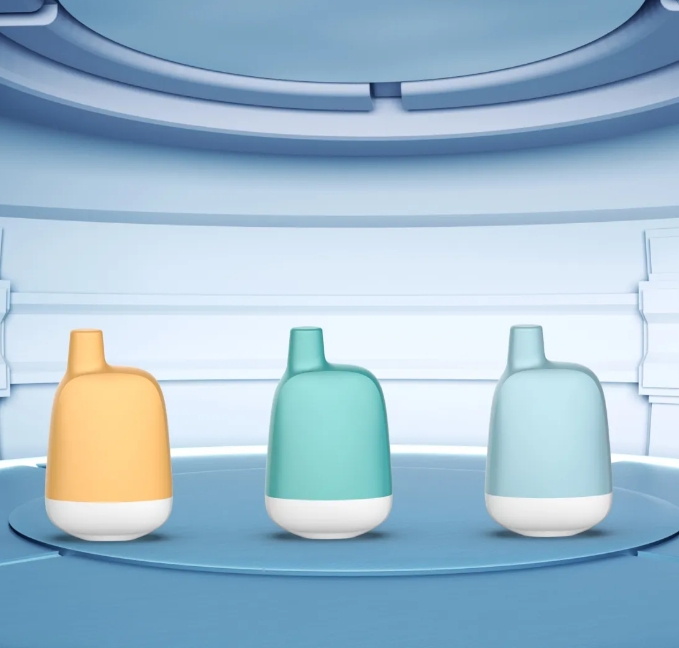What is Vaping?
Vaping refers to the inhalation of vapor produced by an electronic cigarette (e-cigarette) or similar device. Unlike traditional cigarettes that burn tobacco, e-cigarettes heat a liquid—commonly called e-juice or vape juice—to create an aerosol. This liquid typically contains nicotine (though nicotine-free options exist), flavorings, and base ingredients like propylene glycol (PG) and vegetable glycerin (VG). Vaping is often considered less harmful than smoking, but it’s not without risks, especially for non-smokers and young adults.
Safety and Health Considerations
While Public Health England estimates vaping to be 95% less harmful than smoking, the long-term effects are still under study. Potential concerns include nicotine addiction, exposure to harmful chemicals (like formaldehyde in low-quality devices), and lung irritation. However, many smokers use vaping as a harm-reduction tool or a step toward quitting nicotine entirely. Always purchase devices and e-liquids from reputable brands to minimize risks.
Getting Started with Vaping
For beginners, choosing the right device is key. Options range from disposable vapes (easiest but less eco-friendly) to refillable pod systems (cost-effective) and advanced mods (customizable but complex). Start with a lower nicotine strength (e.g., 3mg–6mg for freebase nicotine or 20mg–50mg for nicotine salts) and adjust based on your needs. Remember to stay hydrated, clean your device regularly, and follow local regulations on vaping.